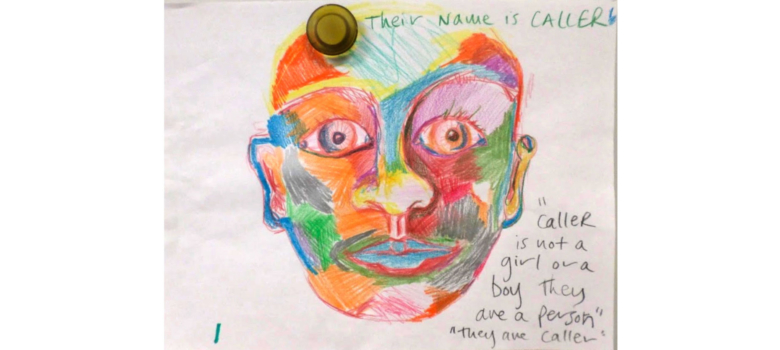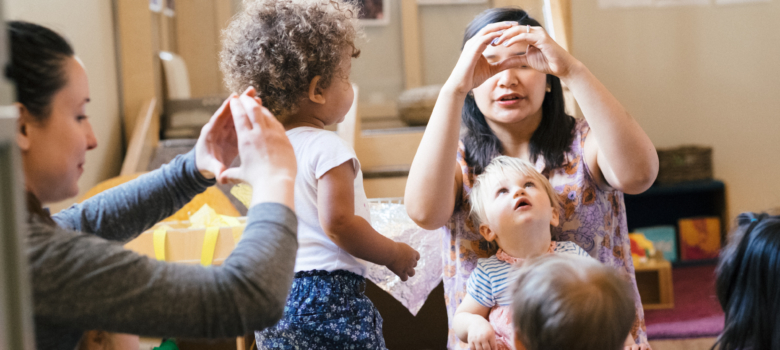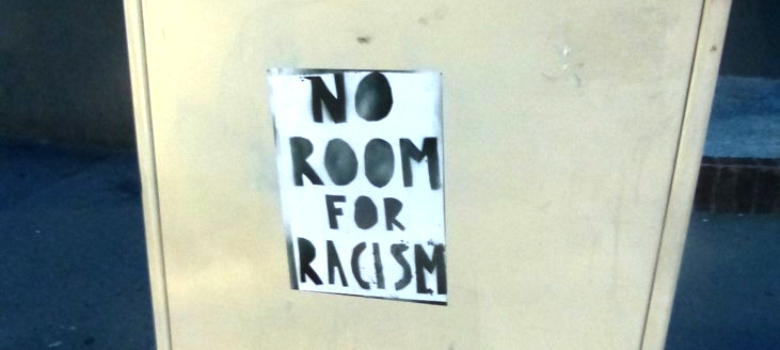3rd and 4th Grade Resident Teacher Henry Emerson’s entry for today focuses on the mindsets of learning important for a school environment filled with dynamic educational relationships. When are you the student in your day, and who can be your teacher?
__________
We are teachers. They are students. While the language we use rigidly defines these roles as distinct and disparate, in reality, teacher and student roles constantly flow between these parties. At the University Child Development School, teachers also learn from colleagues who serve as formal and informal mentors. They often change grade levels and must adapt by learning and relearning age specific content and methods. For students, multigrade classrooms and mixed level activities like reading buddies give the opportunity to assume the role of coach or guide. This fluidity is made possible by an environment where people (kids AND grownups!) are encouraged to embrace challenges and are given the space to recognize that failure isn’t a roadblock, but one of many steps towards growth and learning.
As a part of the Resident teacher training program at UCDS, I bounce back and forth between situations where I am supposed to be either the student or the teacher. In one moment I ask my mentor about class management strategies and then minutes later I support a student through a math problem that requires applying the division algorithm that they’re still hazy on. In many schools, this partial understanding of division could lead to students developing stories about themselves as non-mathematicians and a reluctance to engage in math.
While it is natural for everyone to construct these narratives when we aren’t confident in our abilities, at UCDS positive messages are constantly disrupting those narratives. After one meeting I made some remark to a group of coworkers that I was ‘bad at maintaining focus during meetings.’ One colleague reminded me that I wasn’t “bad” at that, but just needed to continue practicing.
In my time at UCDS I have seen an impressively verbal student grow increasingly willing to test out strategies during math, even when he wasn’t confident in his idea. Another student who started the year speaking at a whisper defended her ideas with authority during a recent literature discussion. We can all learn from these students’ purposeful commitment to growth. The enthusiasm with which these students tackle their problems motivates me before work each morning. The courage with which they step outside of their comfort zone inspires me to do the same. We are all teachers and we are all students.




